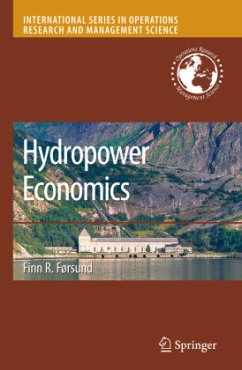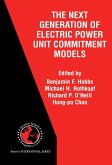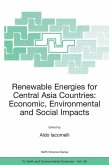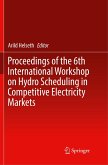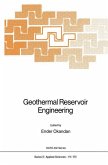The state organisation responsible for coordinating the hydropower el- tricity system in Norway ("Samkjøringen") contacted me in 1990 about the advanced plan for deregulating the electricity system, separating gene- tion, transmission, and distribution and introducing a wholesale market for electricity. It was felt that insights about the fundamental nature of running an electricity system based on hydropower was somewhat lacking within the team of academic economists engaged to write background reports by the Oil and Energy ministry responsible for driving the reform of the el- tricity system. When talking to engineers I was fascinated by the world of electricity, with its physical laws and weird concepts such as reactive power and el- tric phase angles. Externalities of hydraulic interdependence between river-based power stations and highly fluctuating loss and congestion - ternalities involved in a meshed transmission network had to be rec- nised. Furthermore, capturing all these elements required advanced mathematical methods of dynamic programming in a stochastic envir- ment. My conclusion was that a market design that neglected these aspects did it at its own peril. I predicted volatile prices coming out of a compe- tion between producers facing zero short-run variable costs and problems with investments coming forth sufficiently from a social perspective. However, I can safely say that my report had no impact whatsoever on the Norwegian electricity reform of 1991, that must be regarded, not the least by me, as being highly successful.
From the reviews:
"This book claims that if one is to correctly comprehend deregulation in electricity markets, then one must first develop an appreciation for the optimal use of hydro and thermal power. ... this book would have profited from a thorough review of the extant literature. ... it is important to note that the author deals well with his selected topics. ... I recommend this book to all readers who wish to learn more about the economics of hydroelectric power." (Amitrajeet A. Batabyal, Interfaces, Vol. 39 (1), January-February, 2009)
"This book claims that if one is to correctly comprehend deregulation in electricity markets, then one must first develop an appreciation for the optimal use of hydro and thermal power. ... this book would have profited from a thorough review of the extant literature. ... it is important to note that the author deals well with his selected topics. ... I recommend this book to all readers who wish to learn more about the economics of hydroelectric power." (Amitrajeet A. Batabyal, Interfaces, Vol. 39 (1), January-February, 2009)
Aus den Rezensionen: "Seit jeher können Wasserkraftanlagen nicht singulär betrachtet warden [sic], sondern müssen im Gesamtkontext von einerseits den naturgegebenen Möglichkeiten des Wasserdargebotes und ggf. dessen Speicherung sowie andererseits der Stromabnehmer in Verbindung mit dem Stromversorgungsnetz betrachtet werden. In dem neuen Fachbuch widmet sich ein Ökonom systematisch diesen Fragen, indem er ausgehend von einer Einzelanlage deren wesentliche energiewirtschaftliche Kenngrößen mit betriebswirtschaftlichen Ansätzen erläutert ..." (in: WasserWirtschaft, 2008, Issue 6, S. 53)

